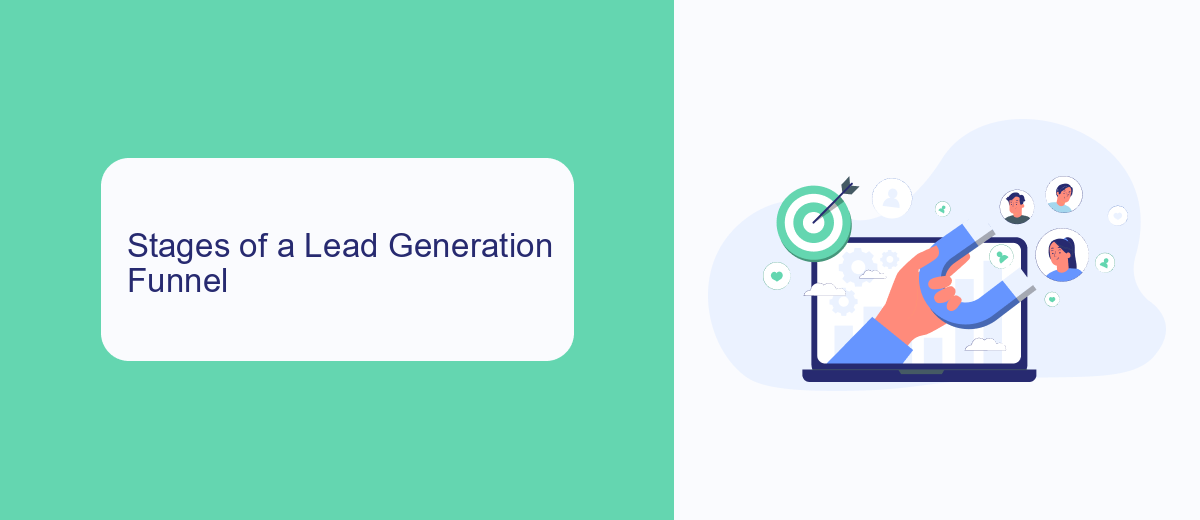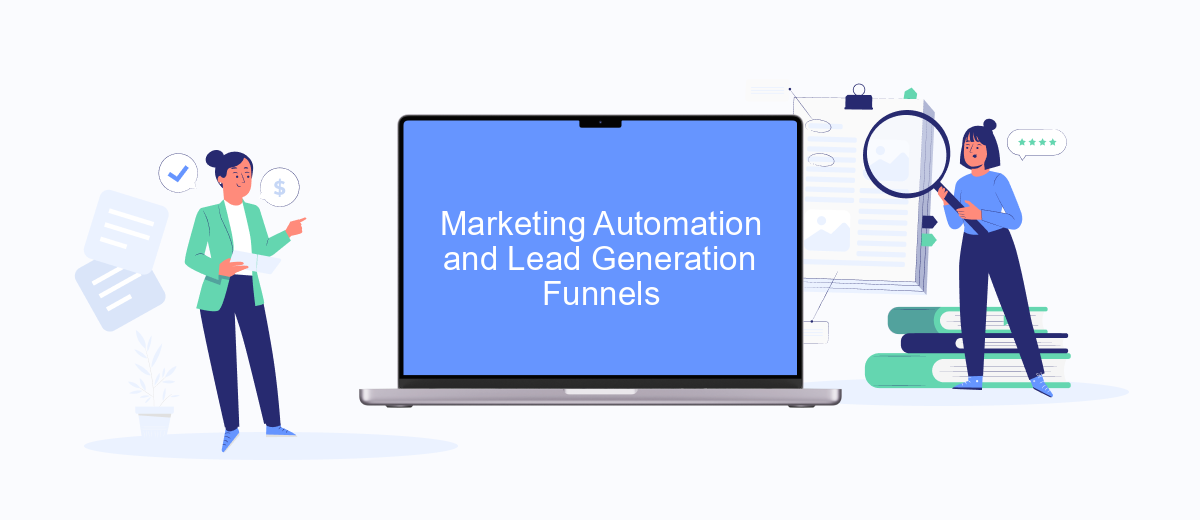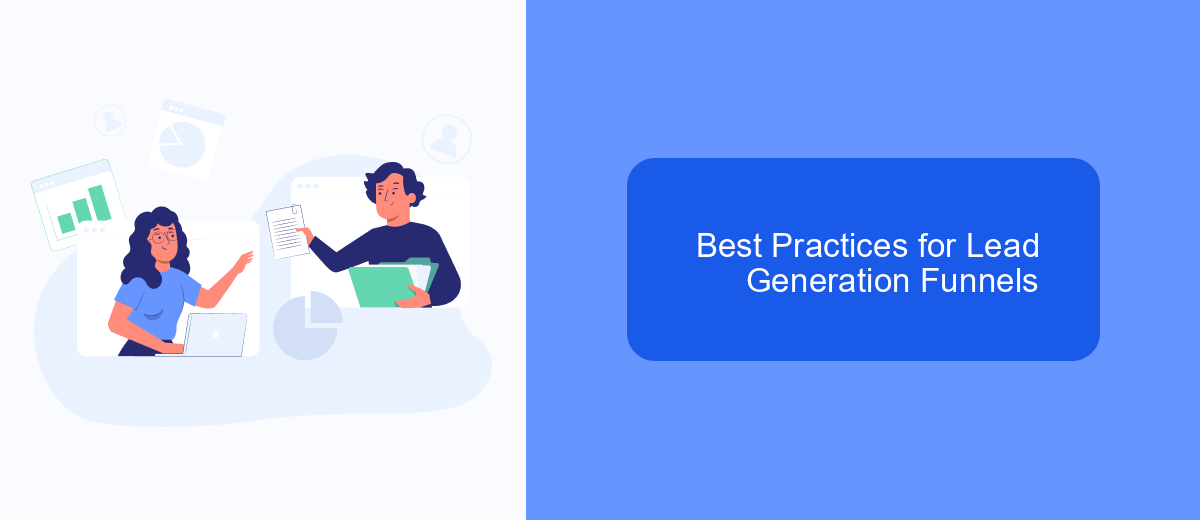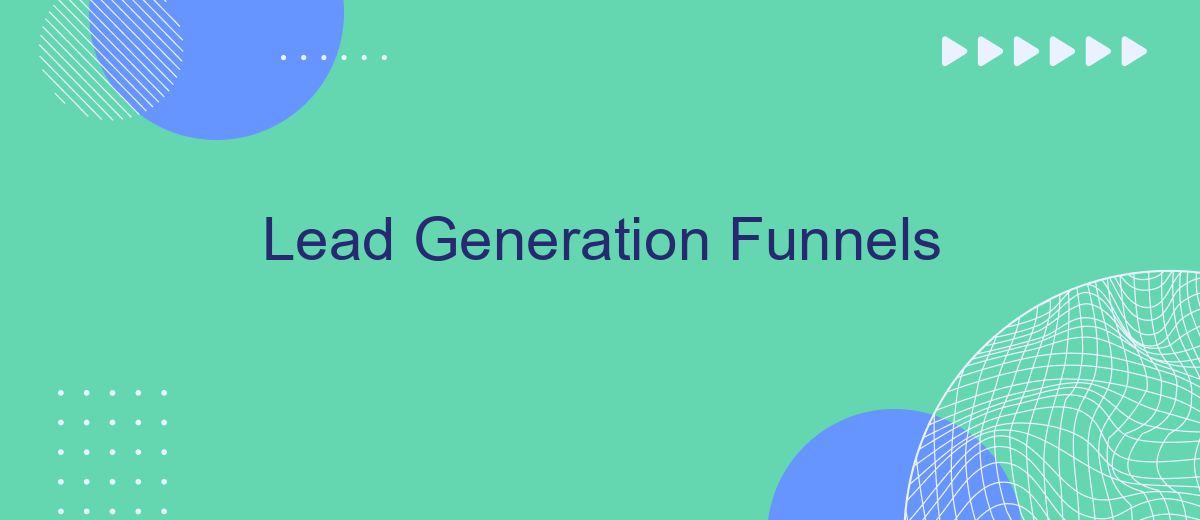Lead generation funnels are essential tools for businesses aiming to convert prospects into loyal customers. By guiding potential clients through a series of steps, these funnels help capture interest, nurture relationships, and drive sales. In this article, we will explore the key components of effective lead generation funnels and provide actionable strategies to optimize your conversion rates.
Definition of Lead Generation Funnels
Lead generation funnels are strategic processes designed to attract and convert potential customers into leads. These funnels guide prospects through a series of steps, from initial awareness to final conversion, optimizing each stage to maximize lead generation efficiency.
- Awareness: Capturing the attention of potential leads through marketing campaigns.
- Interest: Engaging prospects with valuable content and offers.
- Decision: Nurturing leads with targeted information to aid their decision-making.
- Action: Encouraging leads to take the desired action, such as signing up or making a purchase.
Integrating tools like SaveMyLeads can significantly enhance the efficiency of lead generation funnels. SaveMyLeads automates data transfer between various platforms, ensuring that leads are captured and nurtured seamlessly. By leveraging such integrations, businesses can streamline their processes, reduce manual tasks, and focus on optimizing their lead generation strategies.
Stages of a Lead Generation Funnel

The lead generation funnel consists of several stages designed to guide potential customers from initial awareness to becoming loyal clients. The first stage is Awareness, where prospects become aware of your brand through various marketing efforts such as social media, content marketing, and advertisements. This is followed by the Interest stage, where you engage the prospects by providing valuable information and solutions to their problems, often through blog posts, webinars, and email campaigns.
Next is the Consideration stage, where prospects evaluate your offerings against competitors. This is the time to highlight your unique selling points and build trust through case studies, testimonials, and detailed product demos. Finally, the Decision stage is where the prospect decides to purchase. At this point, seamless integration with CRM systems and tools like SaveMyLeads can be crucial in automating follow-ups and ensuring a smooth transition from lead to customer. By effectively managing these stages, businesses can optimize their lead generation efforts and increase conversion rates.
Marketing Automation and Lead Generation Funnels

Marketing automation plays a crucial role in optimizing lead generation funnels, enabling businesses to streamline their processes and enhance efficiency. By leveraging automation tools, companies can nurture leads more effectively and ensure a seamless transition from one stage of the funnel to the next.
- Automate lead capture and segmentation
- Implement personalized email marketing campaigns
- Track and analyze lead behavior
- Integrate CRM systems for better lead management
- Utilize tools like SaveMyLeads for seamless integration
By automating key aspects of the lead generation process, businesses can save time and resources while maintaining a high level of engagement with potential customers. Services like SaveMyLeads facilitate the integration of various platforms, ensuring that data flows smoothly between systems and that no lead is left behind. This holistic approach not only improves lead conversion rates but also enhances the overall customer experience.
Best Practices for Lead Generation Funnels

Creating an effective lead generation funnel requires a strategic approach to attract, engage, and convert potential customers. Start by clearly defining your target audience and understanding their pain points, preferences, and behaviors. This insight will help tailor your messaging and offers to resonate with your audience.
Next, ensure that your funnel is optimized at every stage, from awareness to conversion. Use compelling content, such as blog posts, eBooks, and webinars, to attract and educate leads. Implement strong calls-to-action (CTAs) and landing pages to capture lead information effectively.
- Define clear goals and metrics for each stage of the funnel.
- Use A/B testing to optimize CTAs and landing pages.
- Leverage marketing automation tools to nurture leads.
- Integrate CRM systems to track and manage lead interactions.
- Utilize services like SaveMyLeads for seamless integration of lead data across platforms.
Regularly analyze and refine your lead generation funnel based on performance data. By continuously optimizing and integrating tools like SaveMyLeads, you can ensure a smooth flow of lead information and improve conversion rates, ultimately driving more revenue for your business.
Measuring the Success of Lead Generation Funnels
Measuring the success of lead generation funnels is crucial for optimizing marketing efforts and ensuring a high return on investment. Key performance indicators (KPIs) such as conversion rates, cost per lead, and customer acquisition cost should be closely monitored. By analyzing these metrics, businesses can identify which stages of the funnel are performing well and which require improvement. Tools like Google Analytics and CRM systems can provide valuable insights into user behavior and engagement.
To streamline the process of tracking and analyzing these metrics, integrating various marketing and sales platforms is essential. Services like SaveMyLeads can automate the transfer of lead data between different systems, ensuring that all information is up-to-date and accurate. This allows for real-time monitoring and quicker adjustments to marketing strategies. By leveraging such integrations, businesses can gain a comprehensive view of their lead generation funnel's performance and make data-driven decisions to enhance overall effectiveness.


FAQ
What is a lead generation funnel?
How can I optimize my lead generation funnel?
What are the key components of a successful lead generation funnel?
How can I automate my lead generation funnel?
Why is it important to nurture leads in the funnel?
Personalized responses to new clients from Facebook/Instagram. Receiving data on new orders in real time. Prompt delivery of information to all employees who are involved in lead processing. All this can be done automatically. With the SaveMyLeads service, you will be able to easily create integrations for Facebook Lead Ads and implement automation. Set up the integration once and let it do the chores every day.
